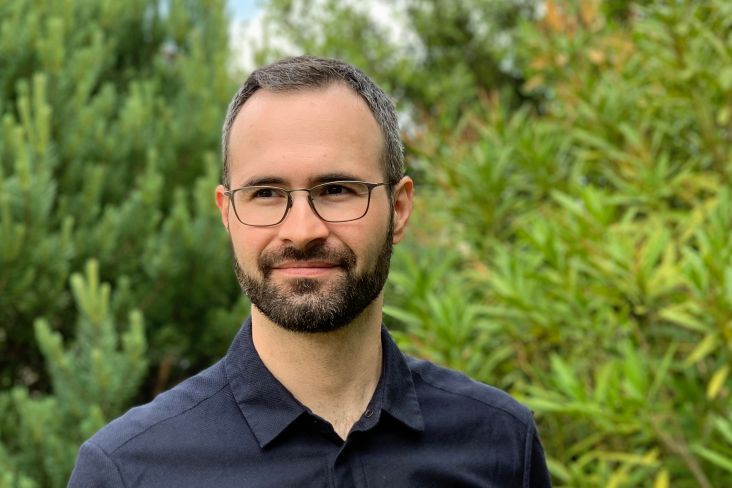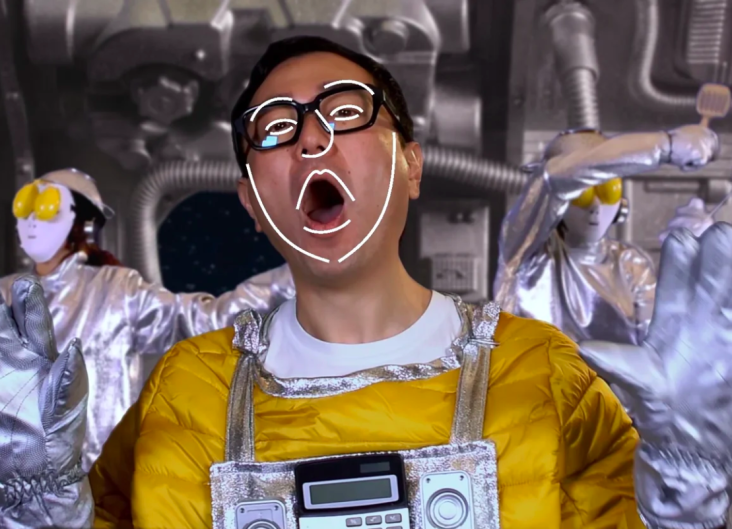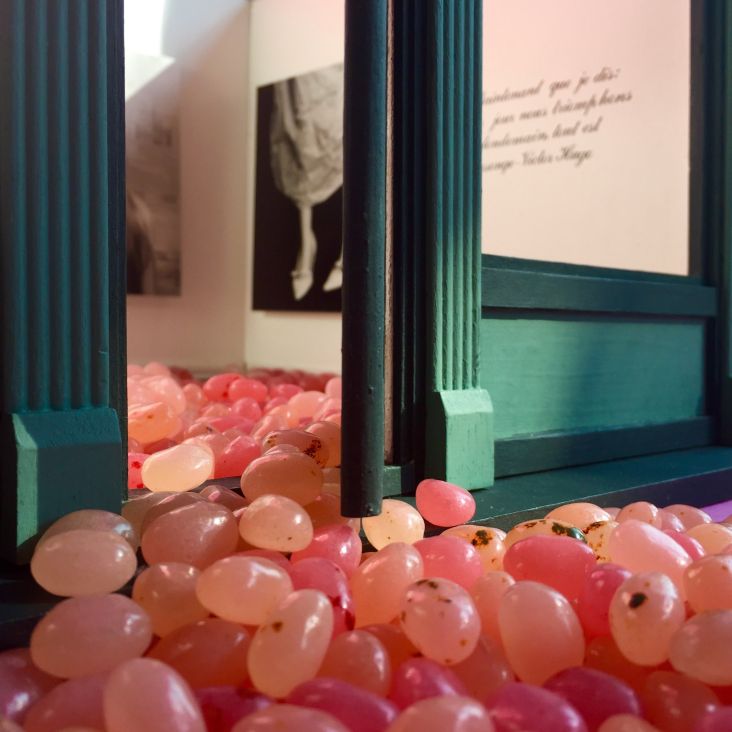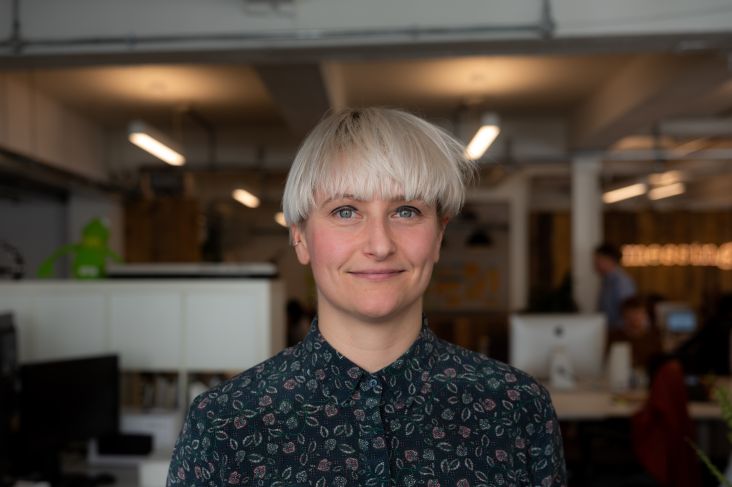Alan Smith of WithPrint on celebrating 20 years in business, lessons learnt and where he thinks print is heading next
We often interview artists and designers on Creative Boom, but what about the people who bring their work to life?
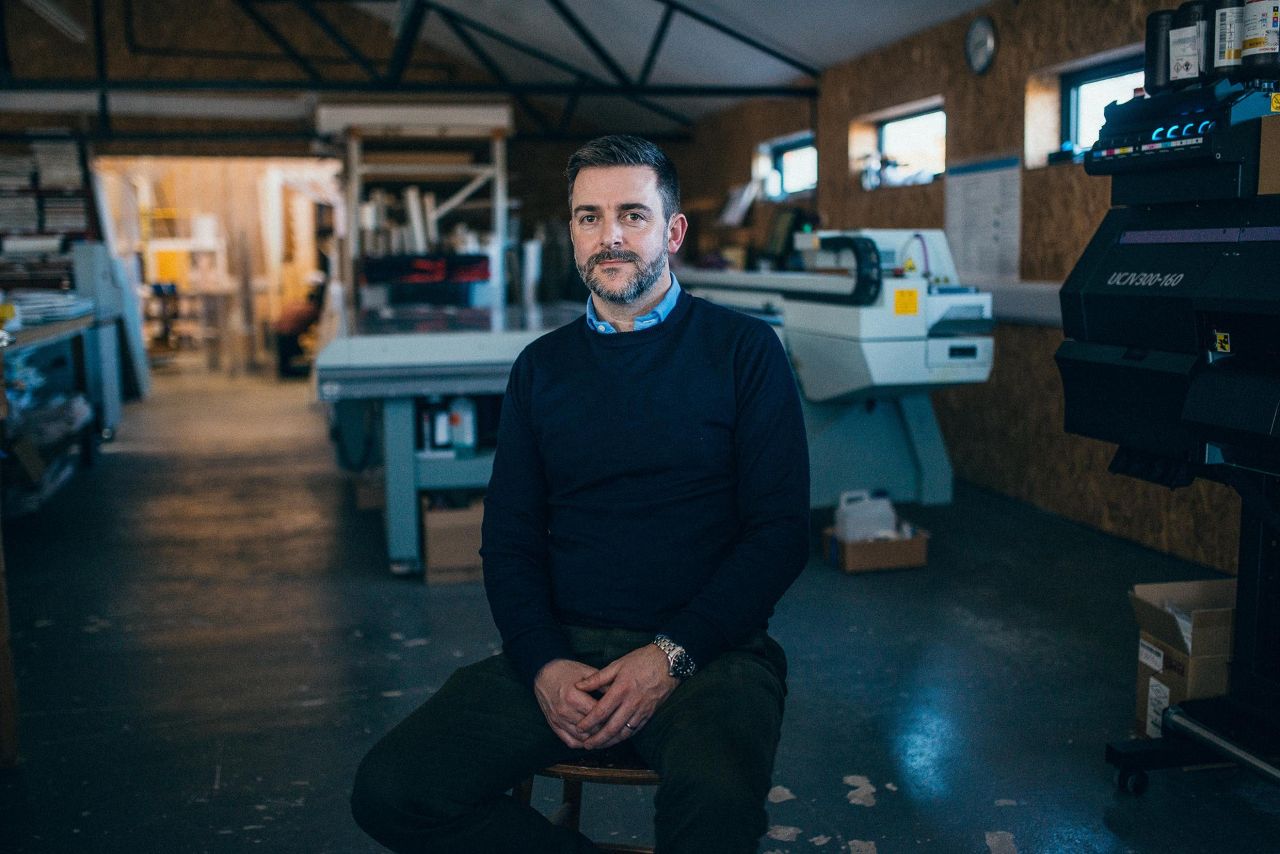
Alan Smith is the founder of WithPrint, a printing firm based in Bristol that has just celebrated 20 years in business. Known fondly by the creative community, Alan's company began in the late '90s after he noticed that not many printers were able to do "special" jobs. He wanted to correct this, and so WithPrint was born.
So how has Alan survived these past two decades? What challenges has he faced and where does he see print going in the future? As WithPrint celebrated its 20th anniversary earlier this year, we sat down with Alan to ask about what it takes to run a successful printing firm.
Can you tell us more about your background, leading up to With Print today?
I first became interested in design around the age of 11. I used to cycle to the local cinema and pick up the old film posters to decorate my room. As soon as I could, I chose all the creative subjects at school. I didn't take the usual education route through to university level (I think I would have just gone for the parties). So I worked all kinds of jobs while my friends were earning degrees.
Eventually, I realised I needed to satisfy my creative side, so I worked for a few companies for free to get some experience (while working two bar jobs on the side). I then secured a position at a small local print company as their designer. Fast-forward four years, and I was able to run this small company while the directors were away. I had learnt to clean all the presses and developed lots of knowledge of the strengths and limitations of ink on paper. The company also invested in some large-format printers, which I was trained to run and was fully involved in the finishing processes.
At 23 years old, after studying an HND in Graphic Design at Somerset College of Art & Technology, I realised that I wanted to run my own company, and my first freelance project saw me earning more than a month's salary. At this moment, Kolor Skemes was formed as a design company, and I left my full-time job with only one client. To help to cover my income, I worked every morning as the artworker at a garment printer for 12 months. Here I honed my skills deconstructing files for print production. I worked on some great projects and helped in the creation of the original Gorillaz tees, plus all kinds of garments for Disney, Coke, Sky and many other household brands.
As Kolor Skemes started to grow, and I began to buy and sell more print, I quickly realised that I struggled to find printers willing to consider anything that was slightly out of the ordinary. It became a constant battle, so I used my knowledge and decided to start buying equipment to produce the work myself.
Today, my printing firm is based in a converted piggery that I own (a building that I refurbished with some of my team). I also have an adjoining one-acre field and a small orchard.
How has WithPrint changed since its launch?
Apart from our move to new premises, some of our most significant changes happened around two or three years ago, when I realised that being the "one-stop-shop" was affecting how successful we could be. I had invested heavily in some of the best print machines available and spreading ourselves across design, web, email and print meant that we couldn’t reliably service all of our clients in the way I wanted. So I took the decision to concentrate on print moving forward, ditching our design services, closing/handing over our website/email projects and we sat down with our friends Supple Studio and talked through a rebrand.
Through this exercise, we realised that we are great at working with creatives to put ink on paper in surprising ways. We are great with print. So our new image was born in January 2017, and we are now called WithPrint.
As I approach my 20th year of running a business, I can say that parts of what I do have changed beyond recognition, but the attention I pay to a project has not. And I think that's why we're still here.
What happened after that?
Since the rebrand, we have been continuously re-evaluating and improving our processes. We have been winning more significant projects, and the new direction has given us the chance to cement our excellent reputation and build on this.
All of this meant that I had worked continuously long hours for very little compensation, so 12 months ago, I found a Non-Executive Director to help me develop a sustainable structure. As an employer for more than 15 years, I've seen that a good team is key to building a successful business. We currently have our best team and are considering looking for two more to join us, so I now pay a lot more attention to any people we are looking to bring in.
We are using our 20th birthday to focus on our strengths and start telling everyone exactly how good we are. I would also say that we are trying to target a particular client now. It is something new for us, but we've realised that the effort we put in to create the perfect print means that there are only specific projects that make us profitable. Working with our Non-Executive Director is how we discovered this.
We are currently working on some office environment graphics for the Ministry of Justice, the next LogoArchive edition and our special WithPrint 2020 calendar, so our order book is still incredibly varied even though we've focused on print.
You have an excellent reputation in the creative industries – how have you achieved this?
We are lucky that most of our work comes via recommendation. We have built up some very loyal customers all over the UK and Europe (even some across the USA) that champion our work so that wherever there is a creative hub we seem to get enquiries.
We've achieved this by paying careful attention to each project (no matter how big or small). I think it's all about promoting collaboration across a project. The fact that I'm a creative person helps reassure other creatives that we understand their ideas and any suggestions we make will only complement that final output.
The team I have around me is also a great mix of creative and technical experts so that where we take a project with some new elements, we can get together and pull the project apart to make sure we try to predict any issues that might arise. We offer a free sample service for jobs of higher value and make unprinted dummies of any project, if required, as well.
Print is not an exact science, so one of our strongest skills is stopping the machines when something doesn't look right. We tend to take pictures and send files copies through for clients to make sure everyone's expectations are met. I've found that actually everyone would much rather get the best result, so we always stop to ask.
I'm not sure how evident it is, but we aim to use the best materials, and some of our recommendations now come via G . F Smith directly as they know they can rely on our results. (They've also used us, too.)
Lastly, we are trying to build on our reputation and gain better recognition by supporting creatives around us. We sponsor the print giveaways for the West of England Design Forum, and I visit local colleges and universities to help with graduation shows and talk through what we can do with print.
What trends have you seen emerge in the last 12 months? What can we expect in 2020?
More ethically responsible companies. The print industry is a relatively slow mover on this, but we are considering every part of what we do. Can we power ourselves from solar? Can we heat the building via ground source? Can we re-use excess stocks? How can we encourage our work to be recycled once it's left us and fulfilled its purpose?
Also, one of our growing services is workspace branding. We've probably gone form working on a few projects a year to at least one each month. I think employers are starting to consider their workforce and the working environment in more detail. It even includes analysing data about how people flow through office space and where furniture, meeting spaces and wayfinding should go.
Speaking of work, how do you cultivate a culture at your own business?
This is a very topical question and something I'm researching heavily. As an employer for more than 15 years, I'd say that historically this wasn’t something that I considered at all, but right now I know I have the best team I've ever had around me.
I can see how vital a good culture is for retaining these people. Print can be a stressful place, so I enjoy hearing the team talk about last night's TV or cracking jokes and although I'm some way off getting this entirely right, I want to make sure that we consider this carefully as our team grows.
Have you ever made any big mistakes that cost you?
Yep, lots and I still make them. It's the only way to learn. When I was working at that small printers, I created the town winter carnival brochure, and there was a typo in the cover – Guy Fawkes Carnival was printed (on 10,000 copies) as Gay Fawkes Carnival. I'm dyslexic, so this was quite an easy one for me to miss.
Nowadays, it's more to do with timings. We take on extremely challenging work, and projects can take a lot longer than I think.
What challenges are you currently trying to overcome?
I love what I do, so my main challenge, as I mentioned earlier, is stopping work and getting a better work-life balance. I'm in Somerset, and my wife and four-year-old daughter are in London, so when I'm away from them, I work. It can regularly mean 16+ hours days and is another reason I started looking for a Non-Executive Director.
I want to work from London more and make sure my company can provide for my family and the team around me sufficiently.
I'd also like to become a better employer. I've worked with a lot of people over the past 20 years – some great, but some that didn't work out. I really can't praise the team I have now enough, and I want to make sure that as we grow, we only build on what we have already.
As I mentioned briefly, I'd like to build a responsible business. It means continually badgering suppliers for greener products. I want us to be one of the leading print companies when it comes to recyclable/recycling the products we offer. I'm trying to move towards all of our house stocks being completely green. All of our paper is already FSC approved. We were one of the first to sign up to the FoilCo Zero to Landfill programme. We recycle all of our print consumables. We have 100% recyclable banner and rigid material options, and we are just about to sign a deal to pulp older PVC banners so that they can be re-used.
What does the dream brief look like?
Our dream job is usually the next one. I get very excited when talking through new projects, especially if they require something new from us and we've already got some fantastic possibilities for 2020.
Do you ever worry about the competition?
It used to concern me when I saw work we'd quoted suddenly printed by others. But as we've become more established and we've focused on our strengths, I've concluded that most of the projects we lose are not a good fit for us.
As our range of services has become more specialised, the group of companies we compete with has become smaller and smaller. It's taken 20 years to get to this point, but I think about this a lot less now. I certainly have contemporaries that I look up to, both in print and across other industries. My growth decisions are now based on where we should be in three, five and ten years rather than what other people are doing.
What advice would you give to designers when it comes to print?
Always buy your print from us. Jokes aside, I would say to involve your print partner at an early stage if you can. Some of our large-format projects need a site survey well in advance, so we need time for this.
Be aware that we are happy to book work in even if it's not confirmed. It's much easier to pull projects out and bring other work forward than try to fit in a last-minute job.
Always ask questions; we don't expect you to know everything about our processes. Oh and don't forget to run a spell-check. Then print a dummy of your project, so that you know it's going to work.

















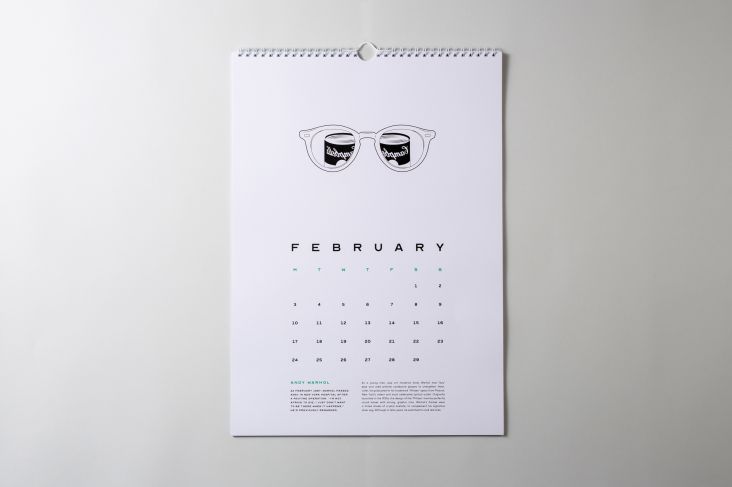
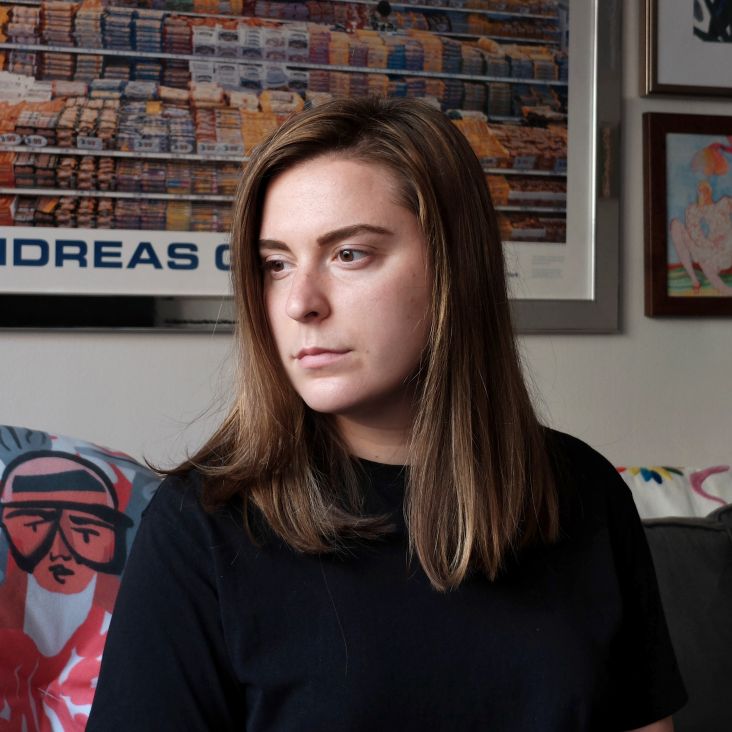
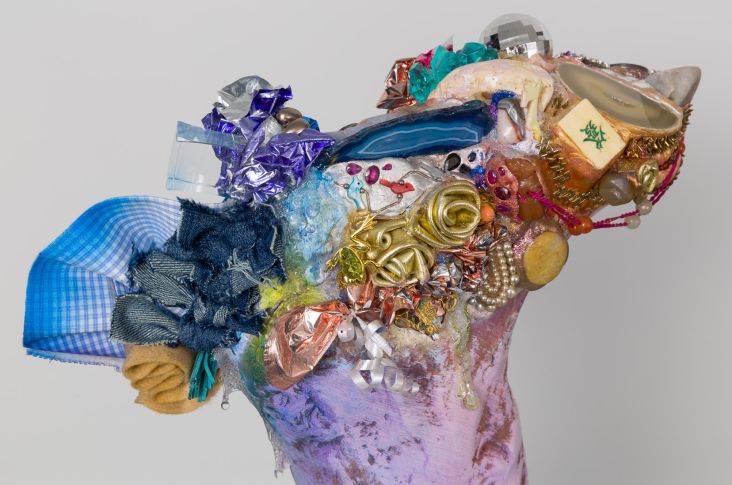
](https://www.creativeboom.com/upload/articles/bf/bfce7804d3fddb08b654a5eeaf4ed411b7d4e7ca_732.jpeg)
